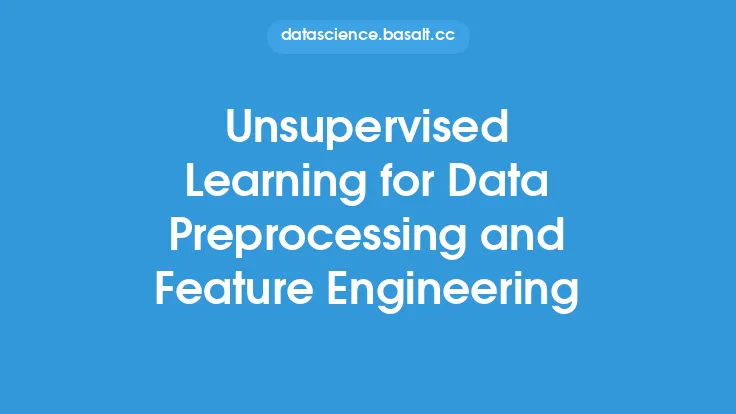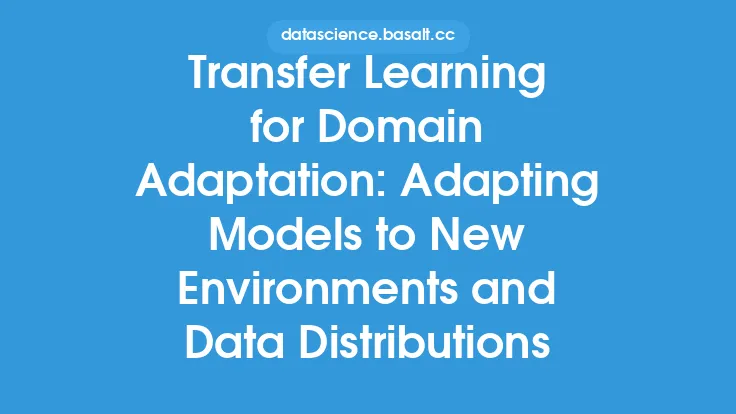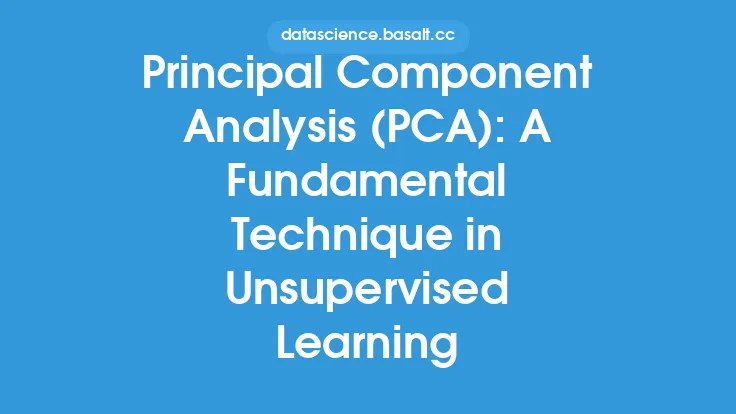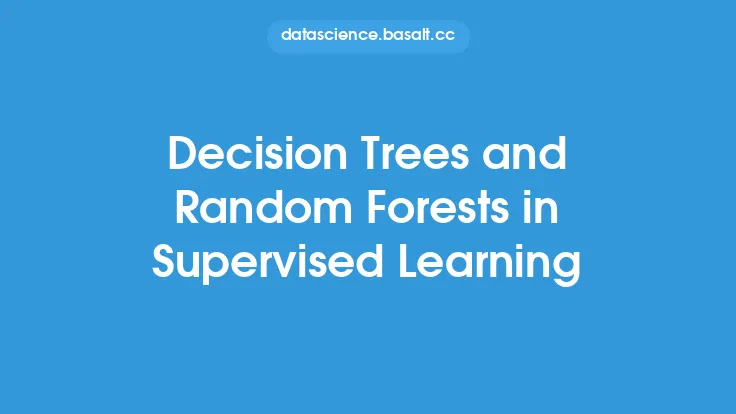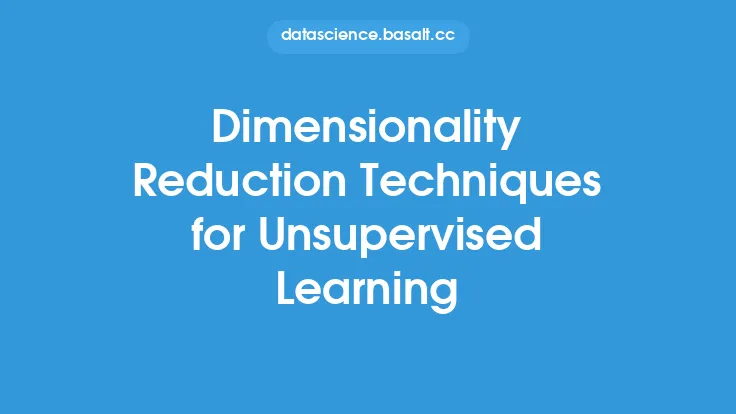Unsupervised learning has become a crucial aspect of customer segmentation and personalization in recent years. With the exponential growth of customer data, businesses are looking for ways to make sense of this data and use it to create targeted marketing campaigns, improve customer experience, and increase revenue. Unsupervised learning algorithms can help businesses achieve these goals by identifying patterns and relationships in customer data that may not be immediately apparent.
What is Customer Segmentation and Personalization?
Customer segmentation and personalization involve dividing customers into distinct groups based on their demographics, behavior, preferences, and other characteristics. The goal of customer segmentation is to create groups that are homogeneous within and heterogeneous between, allowing businesses to tailor their marketing efforts and product offerings to each group. Personalization takes this a step further by using customer data to create individualized experiences, such as product recommendations, content suggestions, and targeted advertising.
How Unsupervised Learning Can Help with Customer Segmentation and Personalization
Unsupervised learning algorithms can help with customer segmentation and personalization in several ways. Firstly, they can be used to identify clusters or groups of customers that share similar characteristics, such as demographics, behavior, or preferences. This can help businesses to create targeted marketing campaigns and product offerings that are tailored to each group. Secondly, unsupervised learning algorithms can be used to identify patterns and relationships in customer data that may not be immediately apparent, such as correlations between different customer characteristics or behaviors. This can help businesses to create more accurate and effective customer profiles, which can be used to inform marketing and product development decisions.
Types of Unsupervised Learning Algorithms for Customer Segmentation and Personalization
There are several types of unsupervised learning algorithms that can be used for customer segmentation and personalization, including:
- K-Means Clustering: This algorithm is used to identify clusters or groups of customers that share similar characteristics. It works by randomly assigning customers to clusters and then iteratively updating the cluster assignments based on the mean distance between each customer and the cluster center.
- Hierarchical Clustering: This algorithm is used to identify clusters or groups of customers that share similar characteristics, but it also creates a hierarchy of clusters, with smaller clusters nested within larger ones.
- DBSCAN: This algorithm is used to identify clusters or groups of customers that share similar characteristics, but it also takes into account the density of the data, so it can handle clusters of varying densities.
- Principal Component Analysis (PCA): This algorithm is used to reduce the dimensionality of customer data, which can help to identify patterns and relationships that may not be immediately apparent.
Real-World Applications of Unsupervised Learning for Customer Segmentation and Personalization
Unsupervised learning algorithms have a wide range of real-world applications for customer segmentation and personalization. For example, they can be used to:
- Create targeted marketing campaigns: By identifying clusters or groups of customers that share similar characteristics, businesses can create targeted marketing campaigns that are tailored to each group.
- Improve customer experience: By identifying patterns and relationships in customer data, businesses can create more accurate and effective customer profiles, which can be used to inform product development and customer service decisions.
- Increase revenue: By identifying high-value customer segments, businesses can create targeted marketing campaigns and product offerings that are tailored to these segments, which can help to increase revenue.
Challenges and Limitations of Unsupervised Learning for Customer Segmentation and Personalization
While unsupervised learning algorithms have the potential to revolutionize customer segmentation and personalization, there are also several challenges and limitations to consider. For example:
- Data quality: Unsupervised learning algorithms require high-quality data to produce accurate results, but customer data can often be noisy, missing, or inconsistent.
- Interpretability: Unsupervised learning algorithms can be difficult to interpret, especially for non-technical stakeholders, which can make it challenging to communicate the results and insights to business leaders.
- Scalability: Unsupervised learning algorithms can be computationally intensive, which can make it challenging to scale them to large datasets.
Best Practices for Implementing Unsupervised Learning for Customer Segmentation and Personalization
To get the most out of unsupervised learning algorithms for customer segmentation and personalization, businesses should follow several best practices, including:
- Start with a clear goal: Before implementing an unsupervised learning algorithm, businesses should have a clear goal in mind, such as creating targeted marketing campaigns or improving customer experience.
- Choose the right algorithm: Businesses should choose an unsupervised learning algorithm that is well-suited to their goal and data, such as K-Means Clustering or Hierarchical Clustering.
- Use high-quality data: Businesses should use high-quality data to train and validate their unsupervised learning algorithms, which can help to produce accurate and reliable results.
- Monitor and evaluate performance: Businesses should monitor and evaluate the performance of their unsupervised learning algorithms over time, which can help to identify areas for improvement and optimize results.
Future Directions for Unsupervised Learning in Customer Segmentation and Personalization
The future of unsupervised learning in customer segmentation and personalization is exciting and rapidly evolving. Some potential future directions include:
- Integration with other machine learning techniques: Unsupervised learning algorithms can be combined with other machine learning techniques, such as supervised learning and reinforcement learning, to create more powerful and effective customer segmentation and personalization systems.
- Use of new data sources: Unsupervised learning algorithms can be applied to new data sources, such as social media and IoT data, to create more accurate and comprehensive customer profiles.
- Increased use of deep learning: Deep learning algorithms, such as neural networks and autoencoders, can be used for unsupervised learning tasks, such as dimensionality reduction and clustering, which can help to improve the accuracy and effectiveness of customer segmentation and personalization systems.
